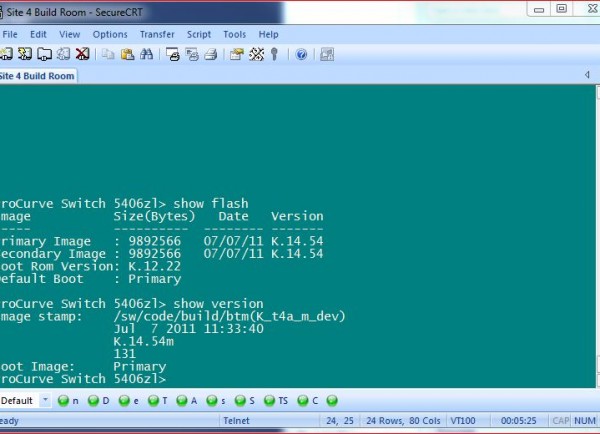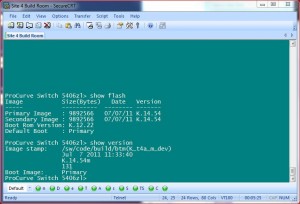In a way Bulk DNS, works pretty much like PingSweep. It does DNS lookup & ping but the difference is it doesn’t do that for a subnet or a range of consecutive IP Addresses.
This is particularly useful when you need to do verify and make sure the newly deployed devices are live and have the proper DNS setup. The Bulk DNS feature can take input from a textbox or from a text file. Text file should have either IP Addresses or Hostnames; each on a separate line.
Here’s a few tips to be more efficient with Bulk DNS:
- Show Hostname First: This option, when checked will arrange for the Hostname column to show before IP Address.
- Include Ping Time: If you just want to do DNS lookup, then leave this option unchecked. Check this option only if you wish to check DNS and also ping the host to see if is on the network.
- Include Row Number: If this option is checked, it will show the row number for each host on the Bulk DNS list.
- Copy Only Live Hosts: This option works with the Include Ping Time option. It will only copy the hosts that responded to ICMP requests. Checking this option will automatically enable Include Ping Time since it’s requires that work work properly.
- Copy To Clipboard: Click on Copy To Clipboard button will copy the Bulk DNS result to the clipboard. Typically you would want to set the other options to your liking then click on this button to copy the Bulk DNS result.
- Copy IP Address: At times, you might just want to copy a particular IP Address. To do this, click on a row in the result listview. The selected host’s IP Address will be copied automatically.
Those are just a few ways to take advantage of the Bulk DNS feature in Pinkie. With that I hope you’ll have a better understanding of how it works and use it more in the future.
Best regards,
Brian





Recent Comments